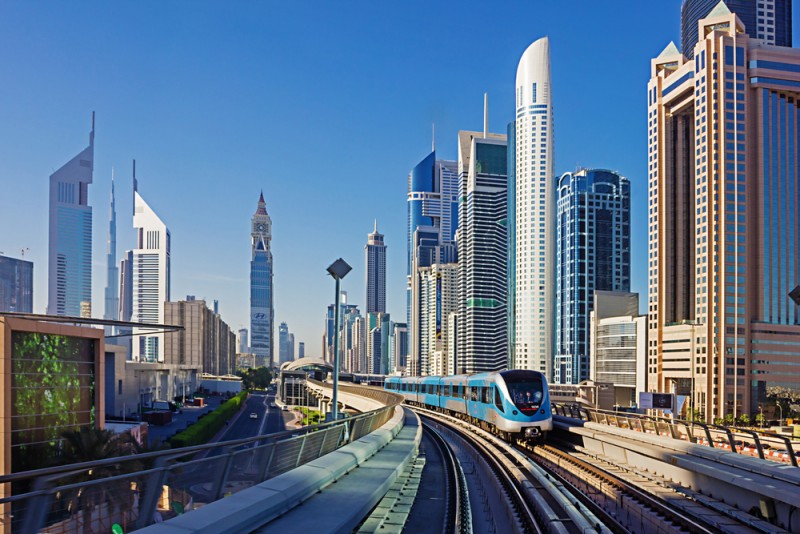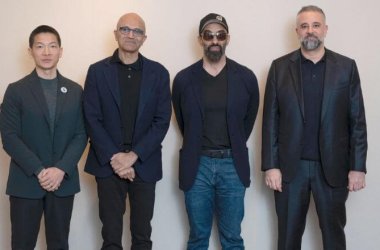Launched on 9th September 2009, the Dubai Metro today runs across 72.6 Kms, (52.1kms of Red Line and 22.5 kms of Green Line). RTA has also planned to increase the total kilometres to 320 by 2020 with two additional lines.

Dubai Metro has transported well over a billion passengers and according to the latest figures, during the first half of 2018 alone, the number of metro passengers crossed 103.29 million.
A recent study conducted by the Roads and Transport Authority (RTA), in collaboration with Henley Business School, University of Reading estimates the accumulated benefit of the Metro project to be AED 115 billion by 2020 and 234 billion by 2030.
As Dubai Metro celebrates its ninth anniversary, we look at the technological advancements of what is still the world’s largest driverless metro rail.
Autonomous driving
Dubai Metro has one of the world’s largest driverless metro system. While planning the project, RTA decided to opt for the driverless technology as it was much safer to operate. The system that is used to operate the driverless carriages is called SelTrac, the first commercial fully automatic digital railway signaling technology. The automatic train control system allows headways of between 90 seconds and two minutes.
Although the system operates driverless, Thales Rail Signaling Solutions which provided the technology has enabled an optional human supervision in case of emergency.
Operations control centre
The Operation Control Centre is a state-of-the-art facility located adjacent to the AL Rashidiya metro station. Considered to be the nerve centre of metro operations, it is managed with a little more than a dozen staff. The entire metro project is connected through CCTV, which transmits real time live feed to the centre.
The OCC is also connected to the Enterprise Command & Control Centre (EC 3) – one of the largest and most modern control centres in the world. The EC3 is a unique centre which controls and integrates all existing and future modes of transport across Dubai.
The unique facility uses intelligent technologies to achieve greater integration in order to control all means of public transportation – Dubai Metro, Dubai Tram, Taxis and Traffic Systems Control Centres.
According to the RTA, the EC3 aims to enhance coordination and communication with the various control centres and uses artificial intelligence to speed up the response time to accidents and crises, apart from being a catalyst to promote self-driving transportation in Dubai.
Unmanned system
Starting from driverless engines to, to seamless access control and ticketless entry and exit, the Dubai Metro also facilitates a seamless experience. Passengers can also recharge the metro rail passes using a smart kiosk.
3D Printed Spare parts
Dubai Metro could well be one of the few public transportation centres in the world to use 3D printed spare parts.
After having first used the 3D printing technology on the metro in the second half of 2016, the RTA earlier this year announced that it has signed an agreement with Siemens to extend its use of 3D printing technology.
The idea is to extend the sources of spare parts for the Dubai Metro and increase their availability, and enable getting improved parts with better performance and increased features.
Advanced smart tech to assist the blind
In an effort to support those visibly challenged, RTA has tied up with a specialist tech company to develop a smartphone solution that will guide the user using voice commands all across the metro station. The currently iPhone-only feature will convert any written information into voice command, and provide precise directions and signs for metro gates, stairs, escalators and station gates. The technology is compatible with the ground tactile marks. The facility is currently available at the Al Rashidiya metro station.





